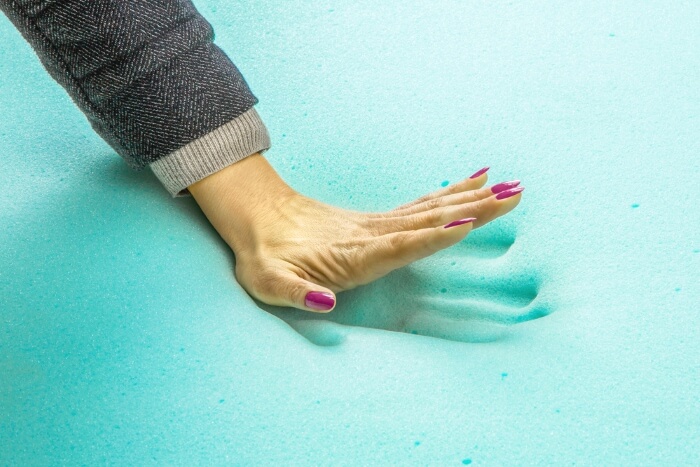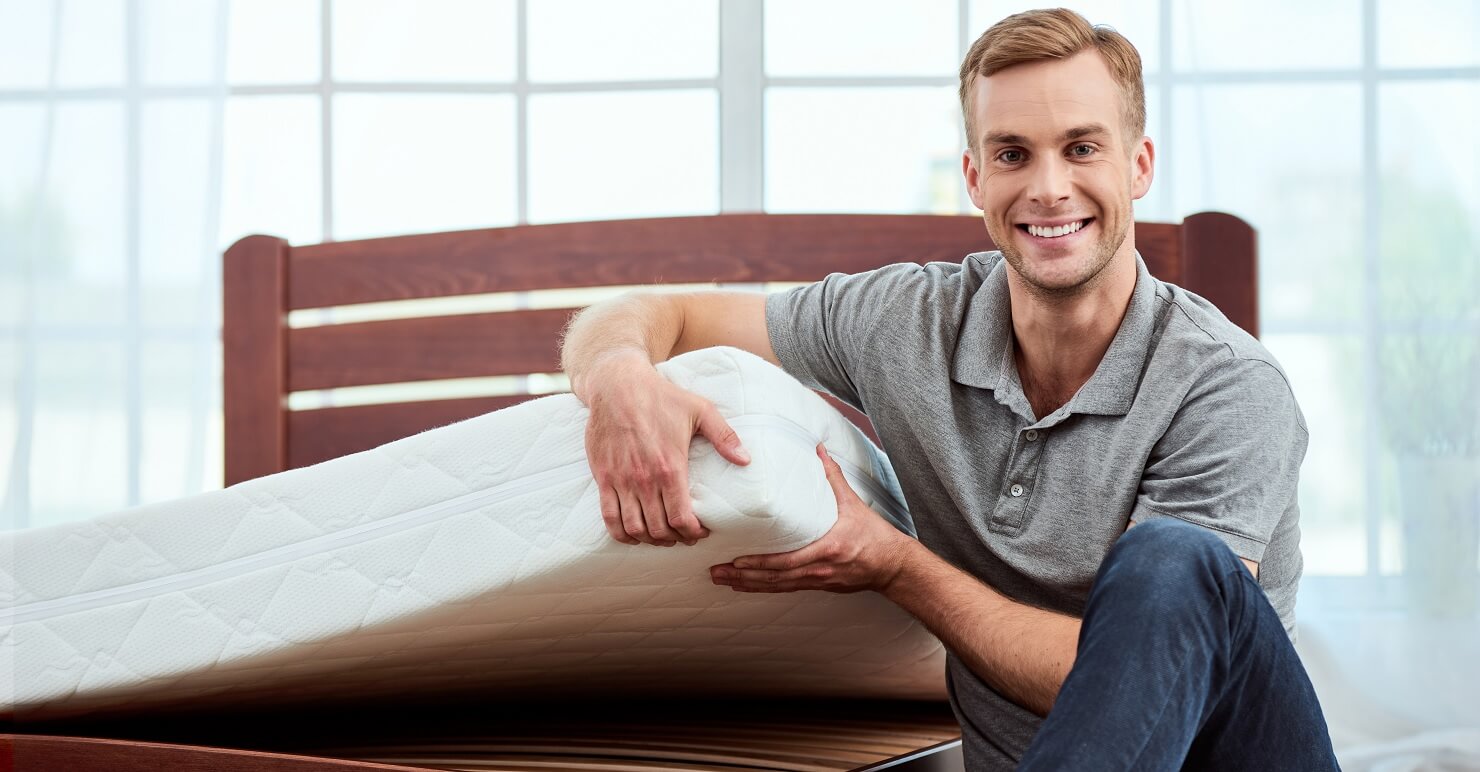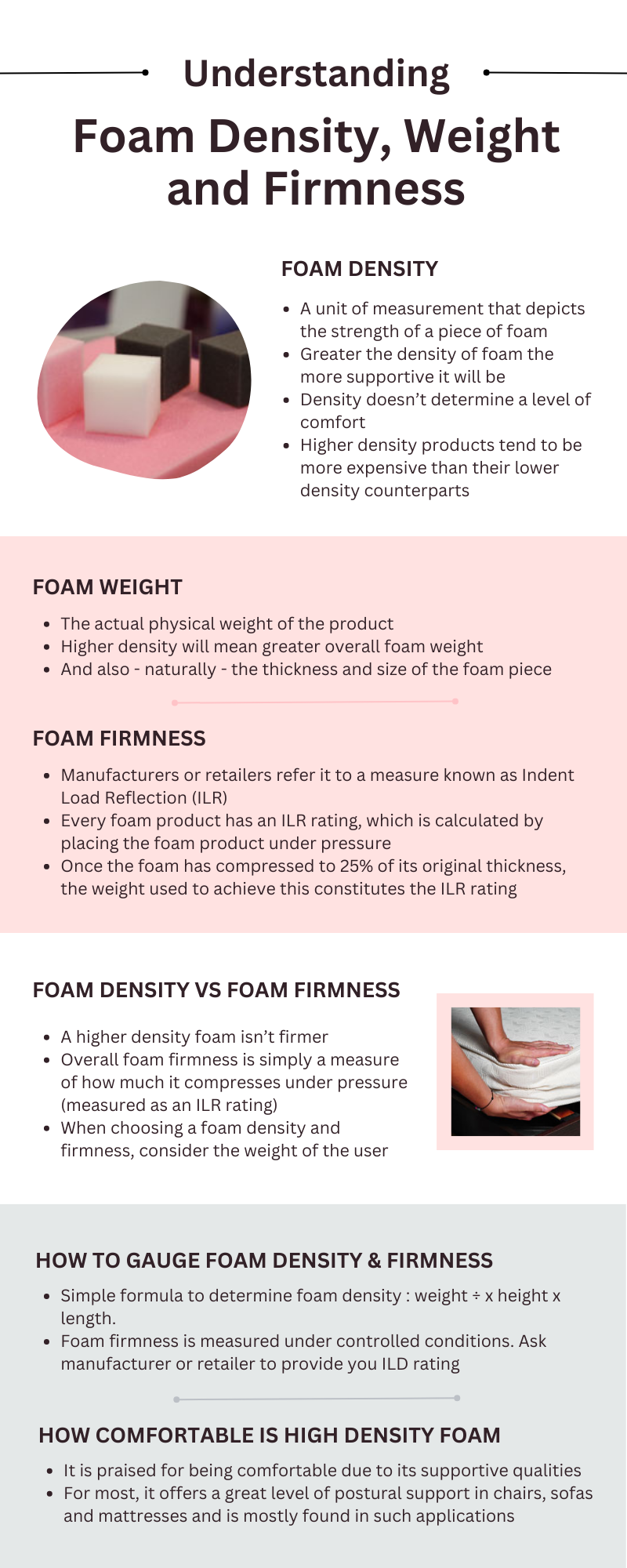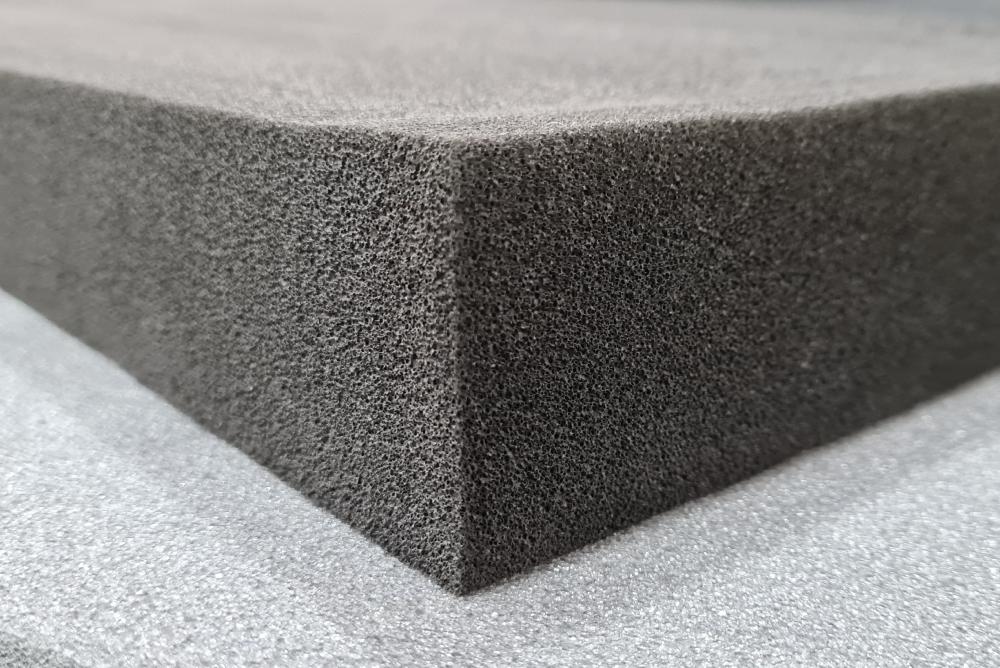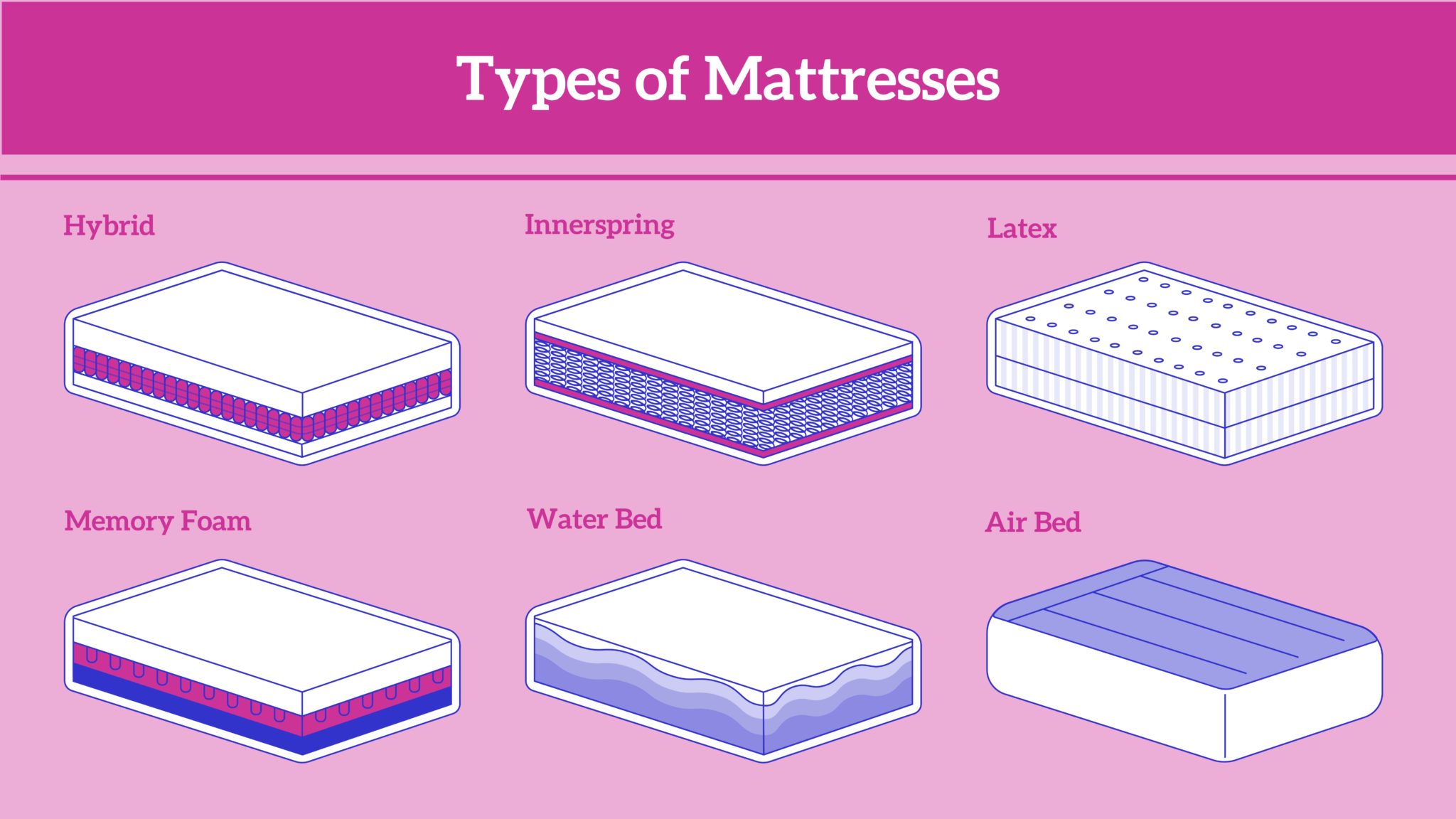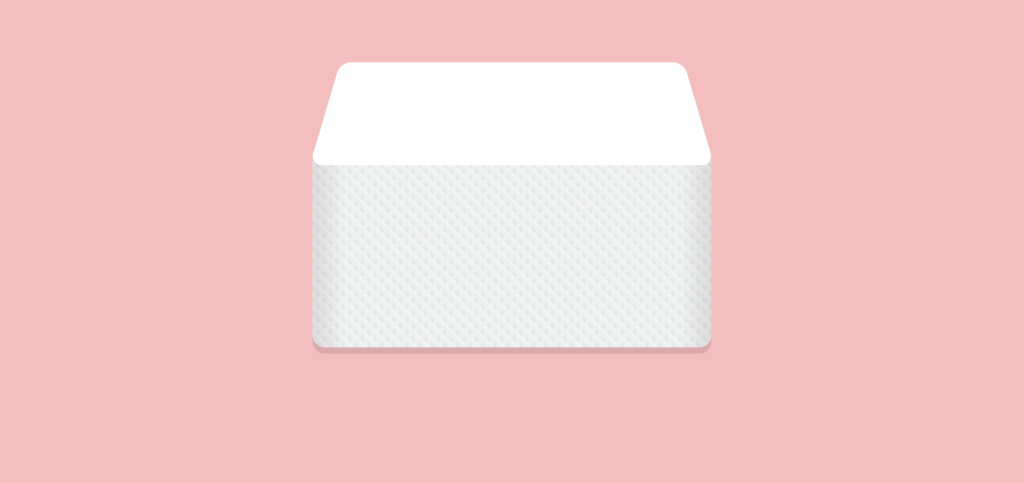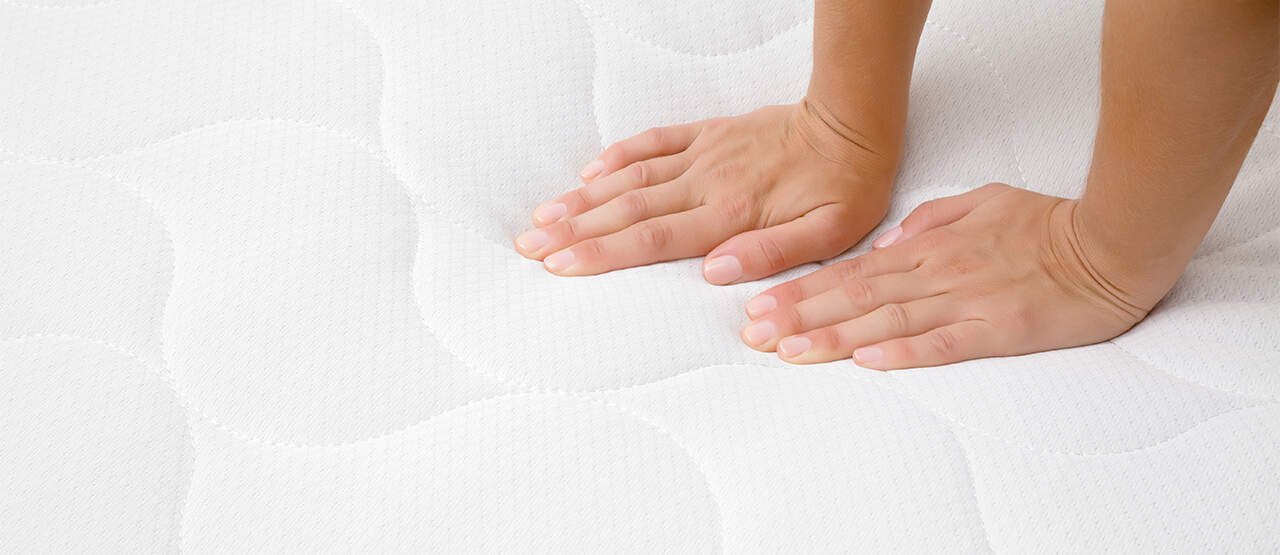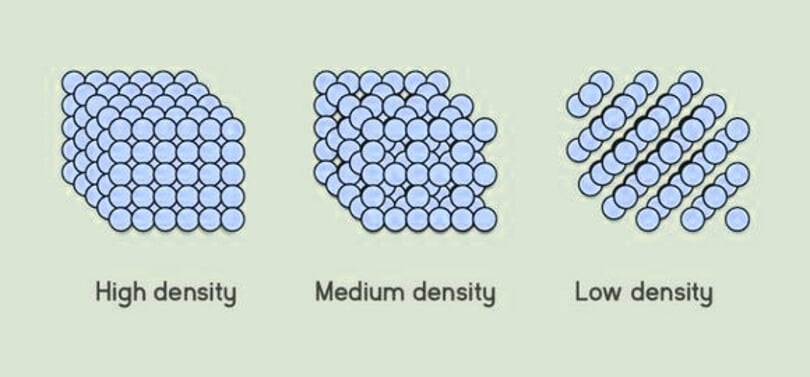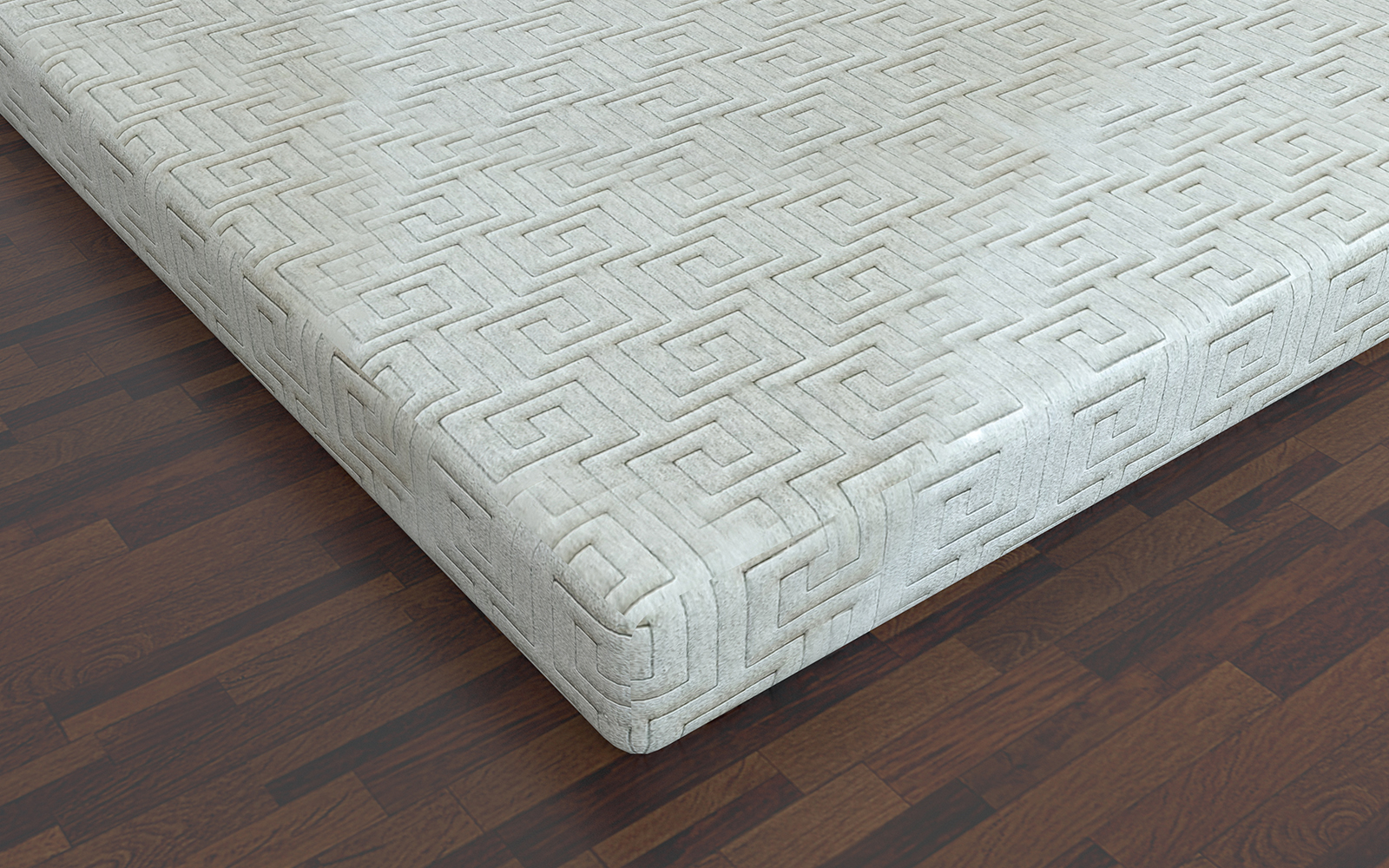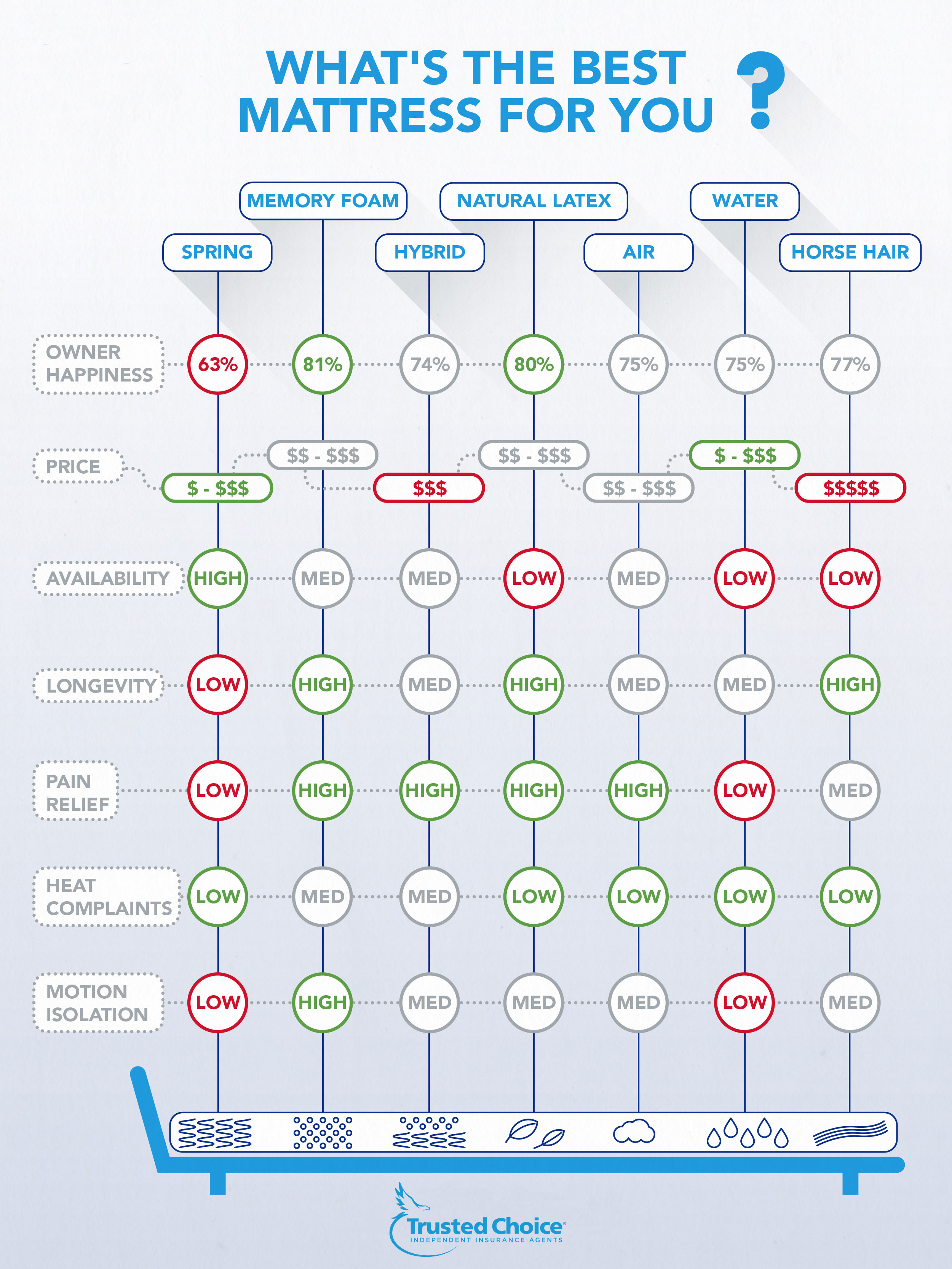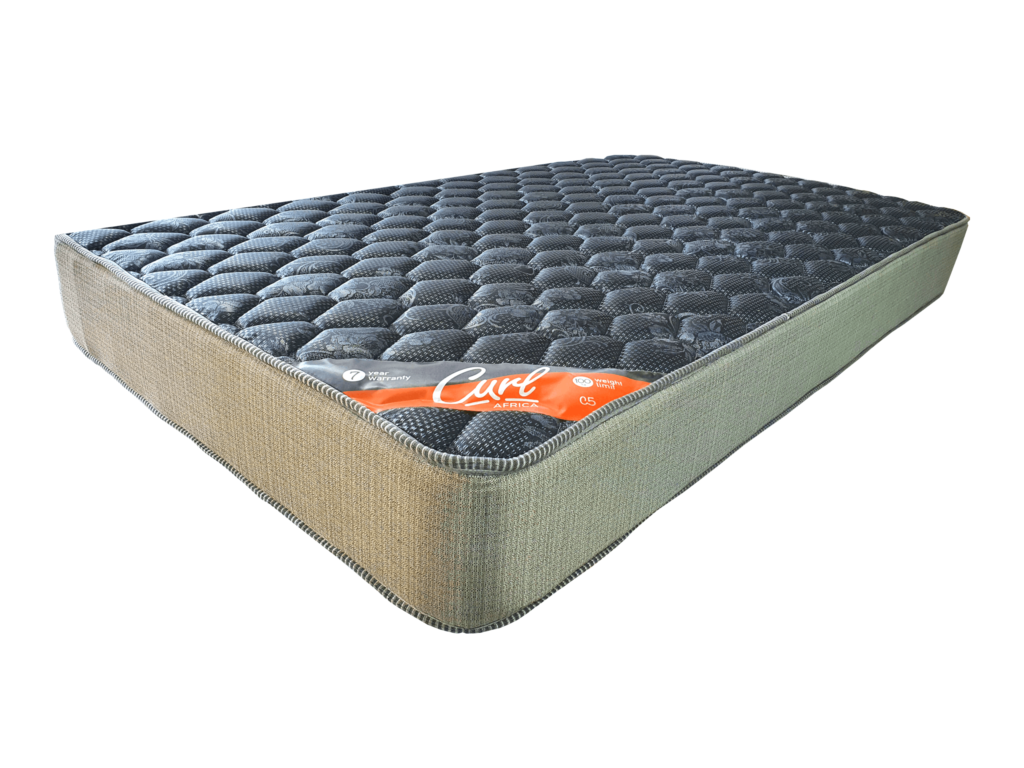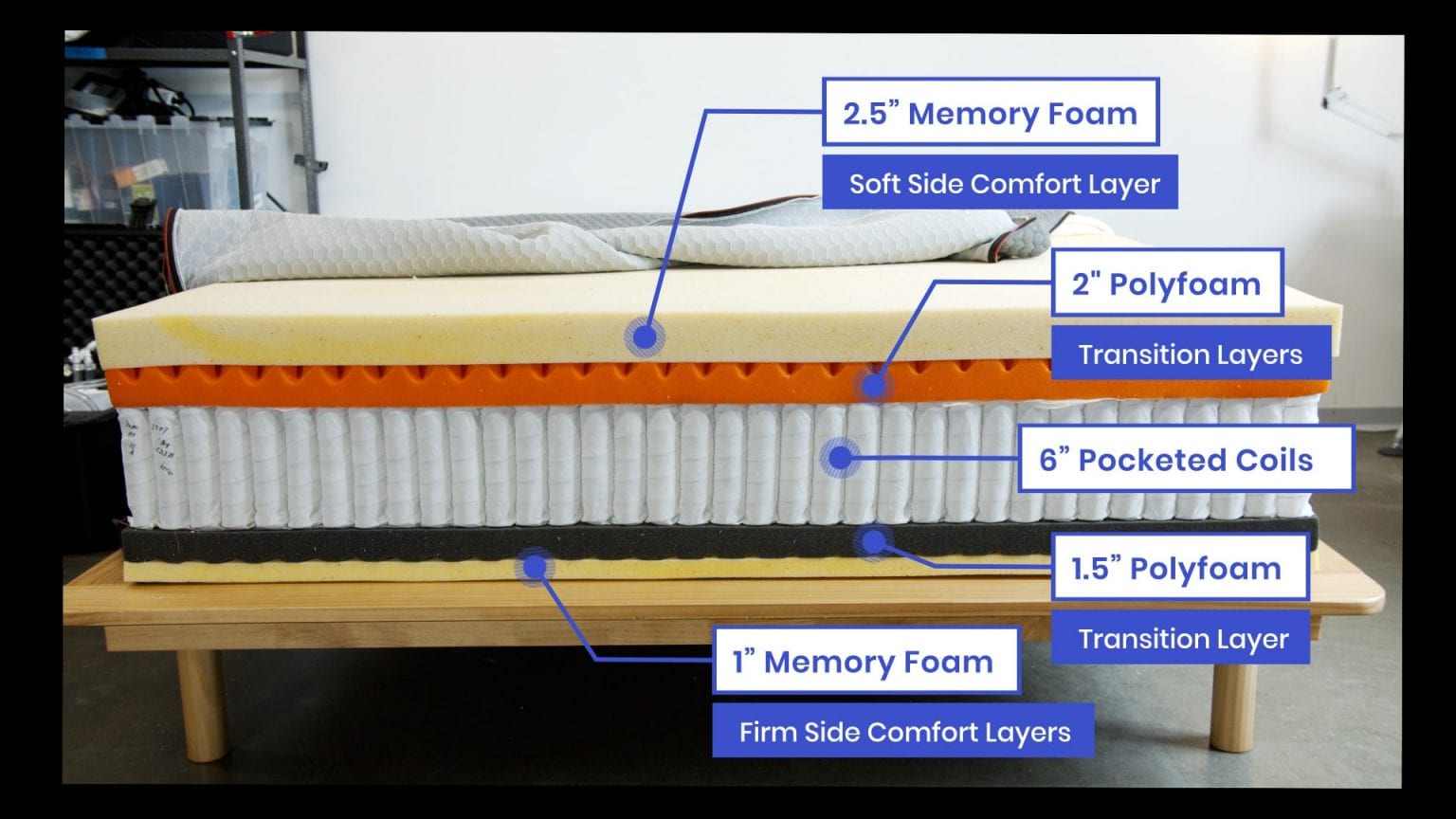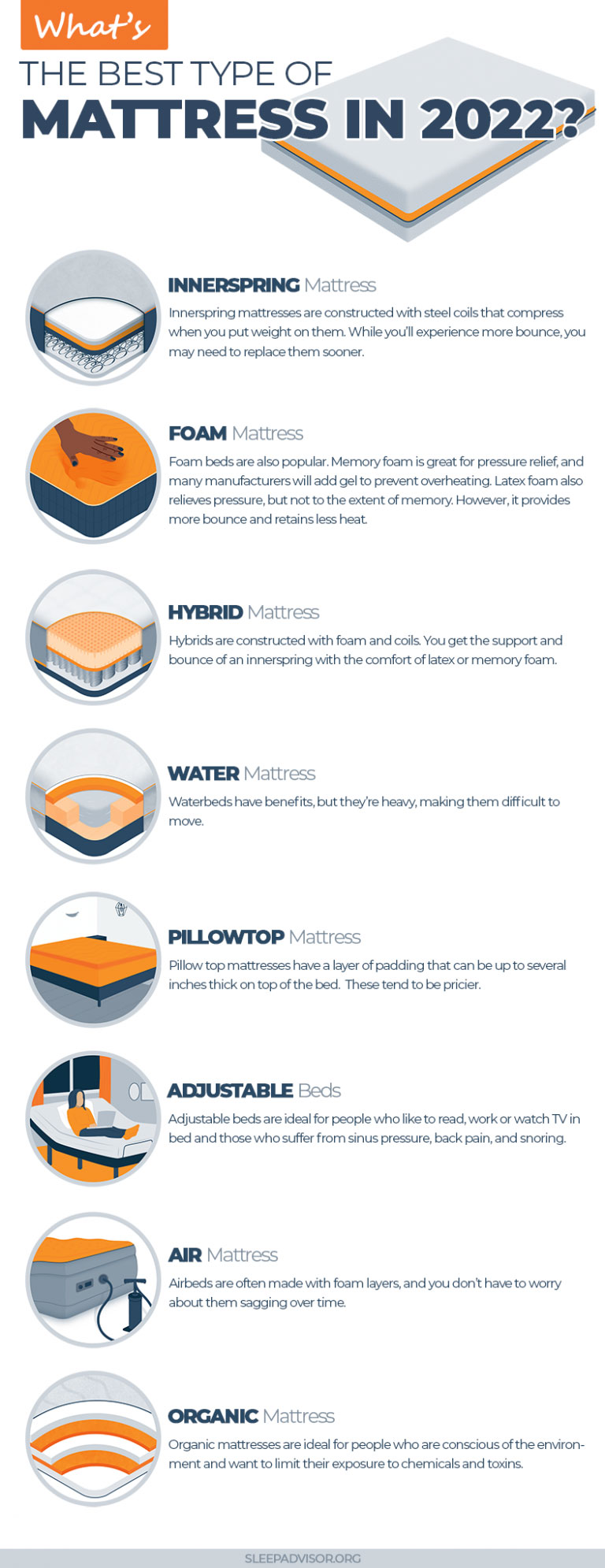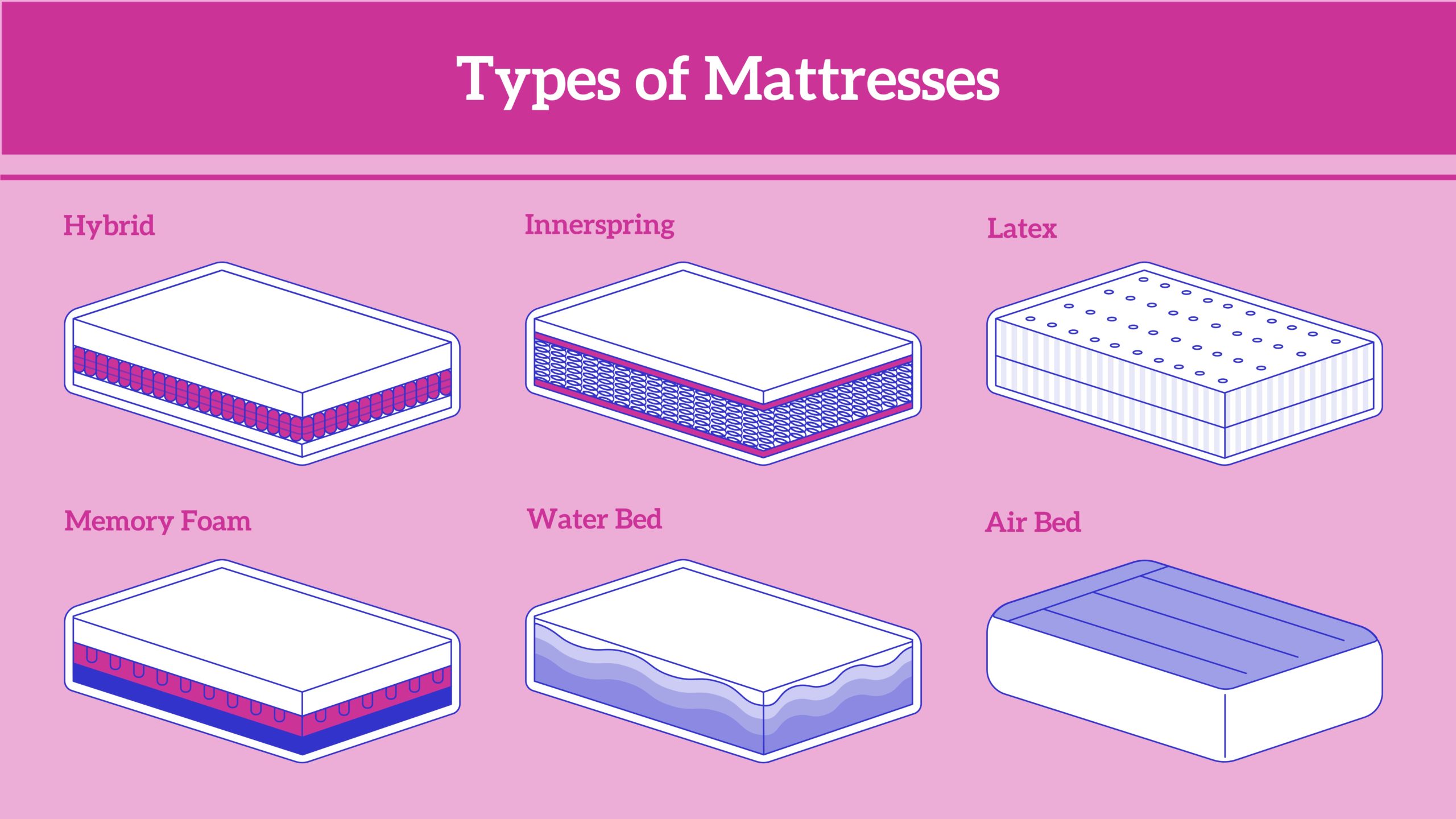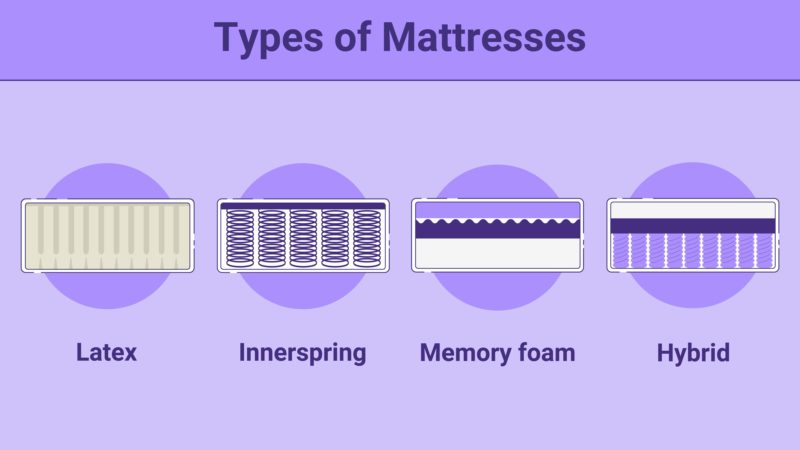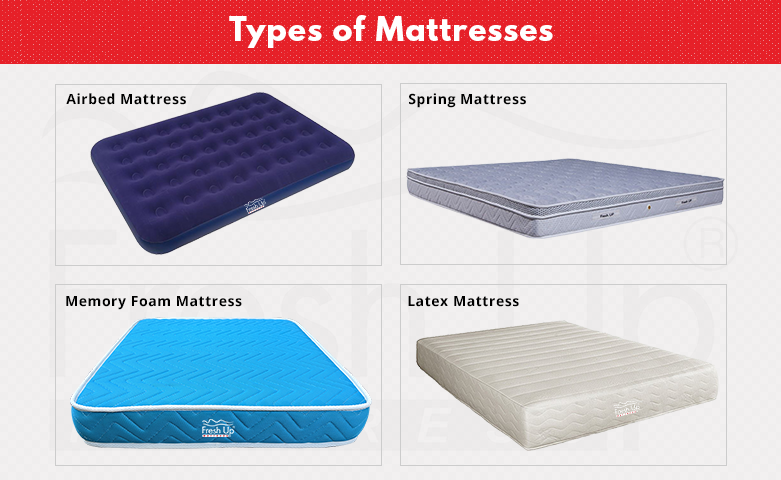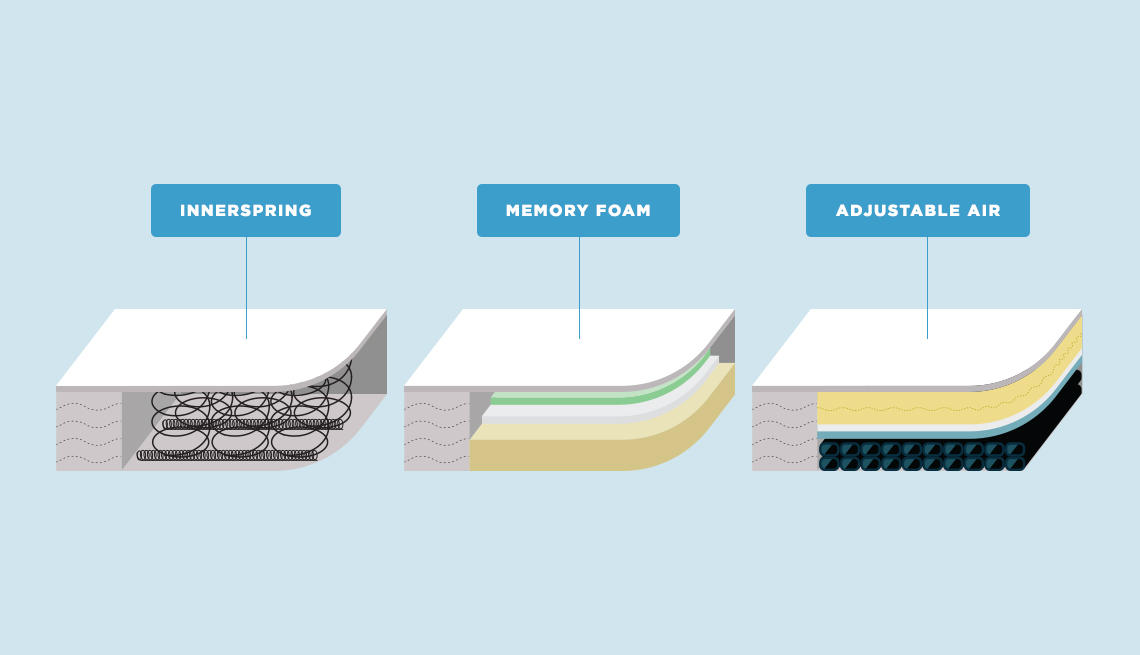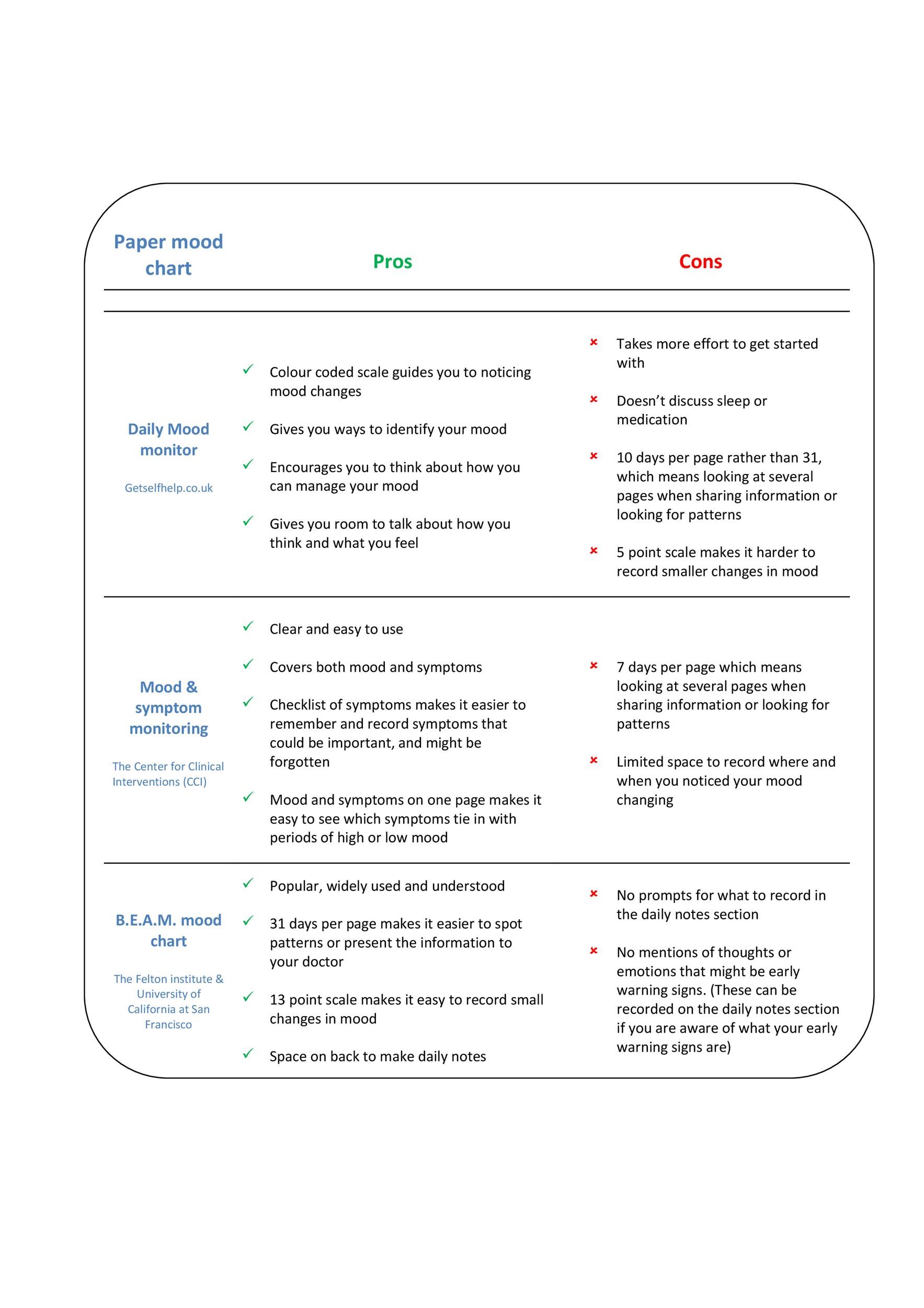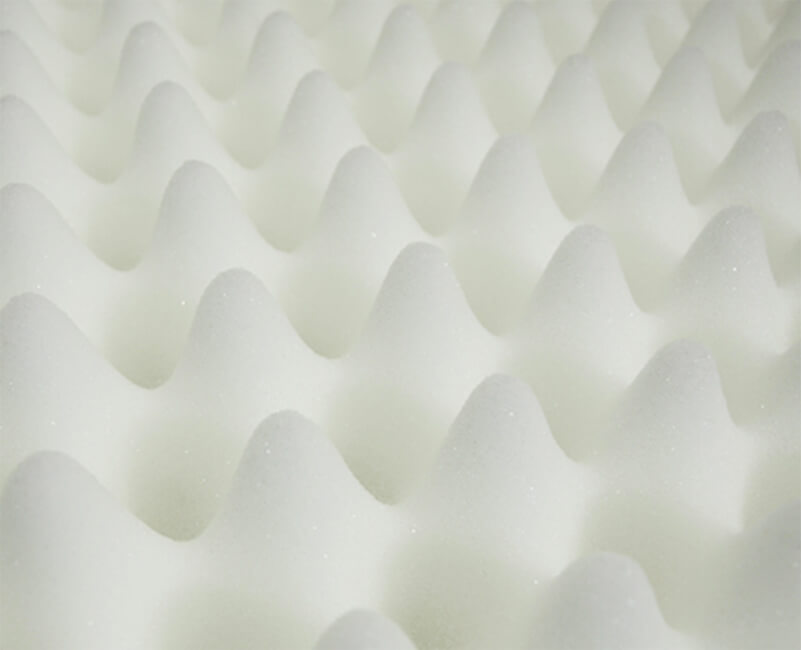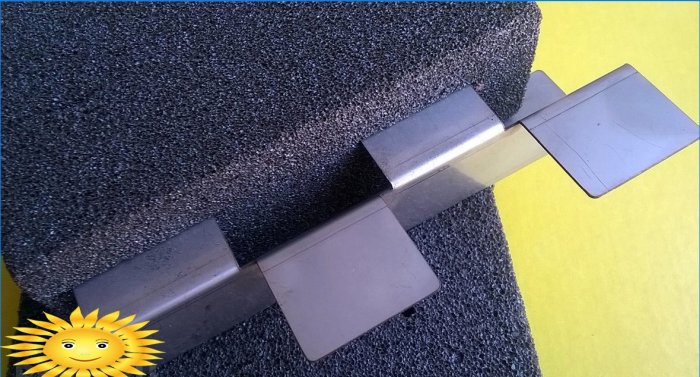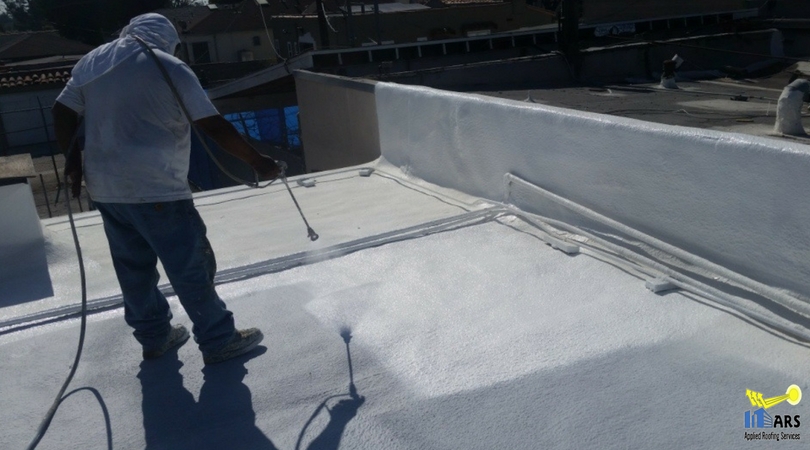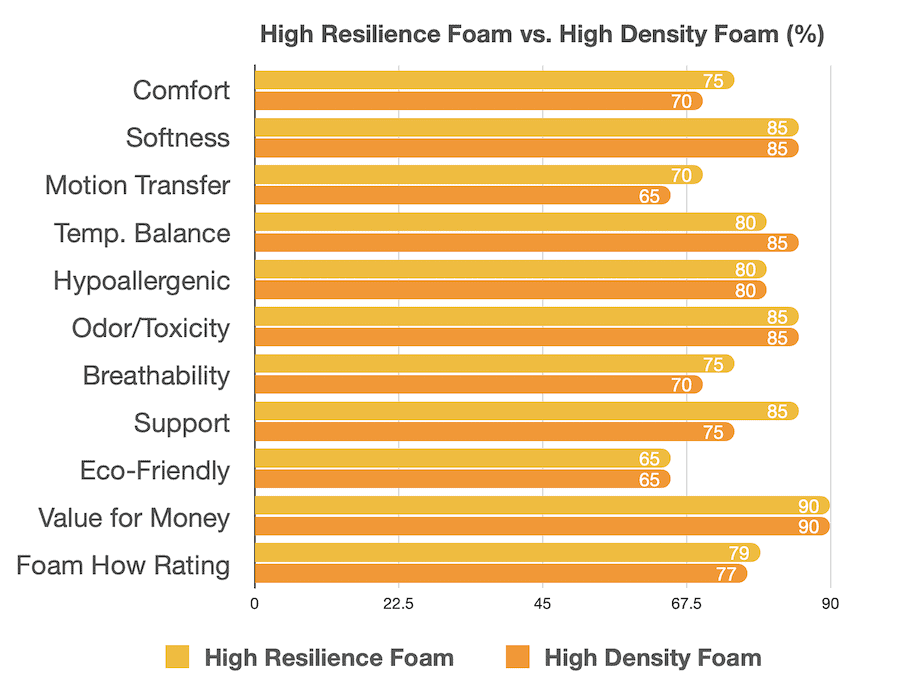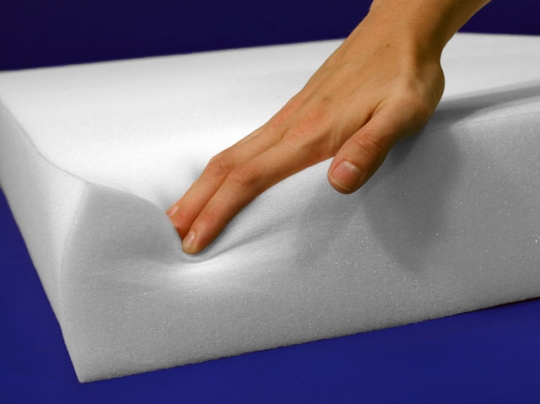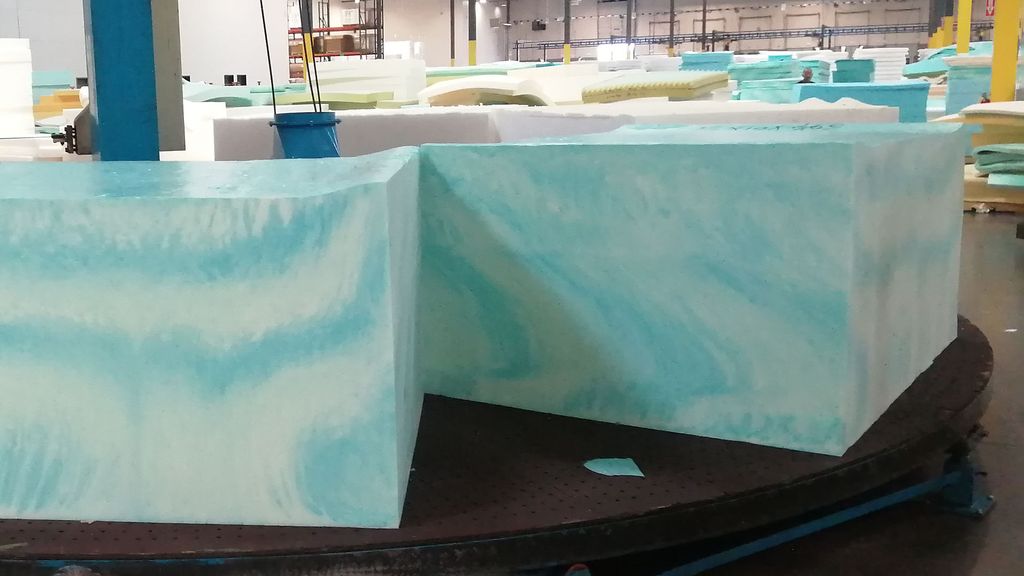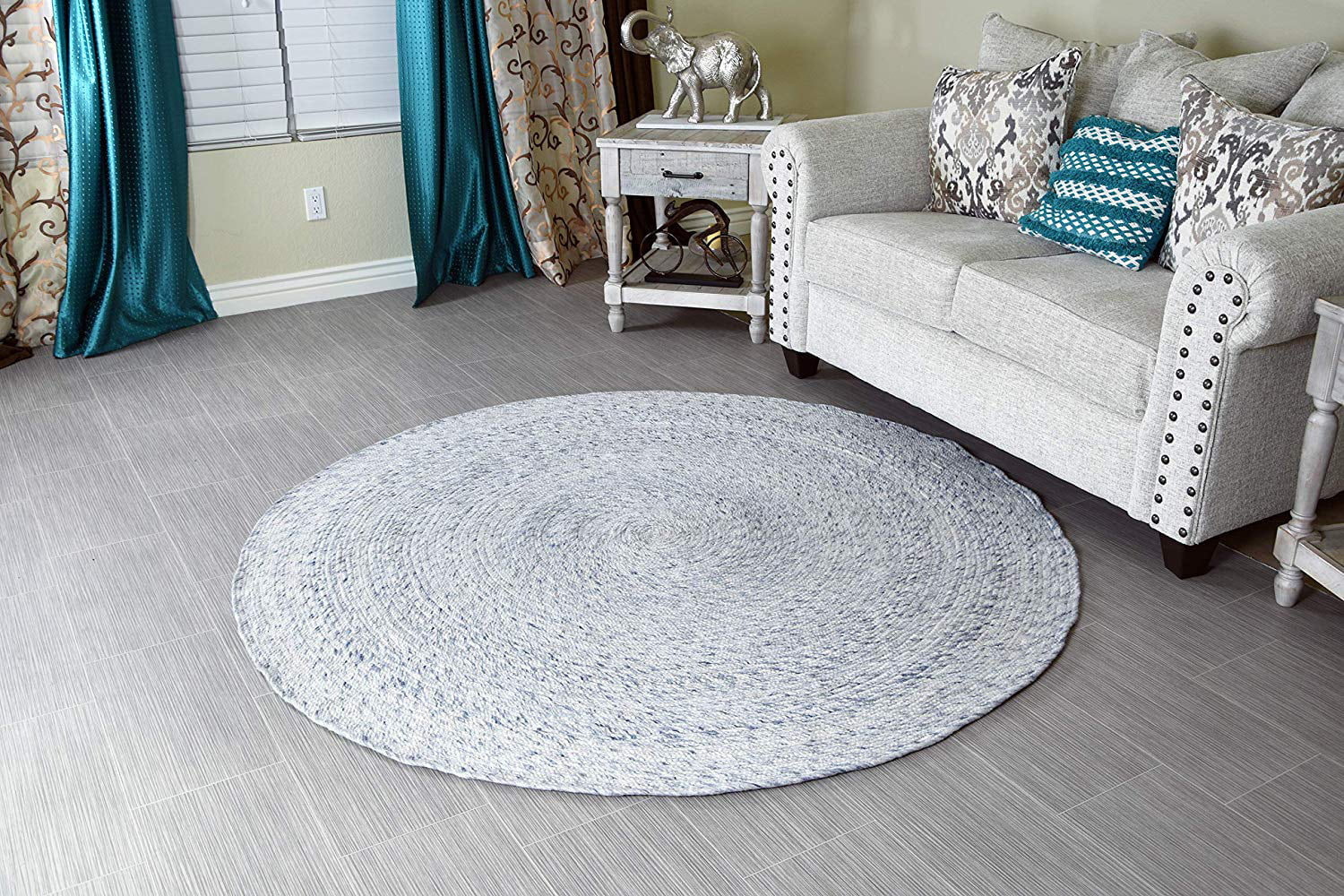When shopping for a new mattress, you may have come across the term "foam density." But what does it mean and why is it important? Foam density refers to the weight of a cubic foot of foam, and it plays a crucial role in the comfort, support, and durability of your mattress. In this article, we'll dive deeper into the top 10 foam densities used in mattresses and what you need to know when choosing the right one for your needs. Foam Density in Mattresses: What You Need to Know
Foam density is measured in pounds per cubic foot (lbs/ft3) and typically ranges from 1.5 lbs/ft3 to 8 lbs/ft3 in mattresses. The higher the density, the more supportive and durable the foam will be. Lower density foams are softer and less supportive, making them better suited for comfort layers rather than the base of the mattress. It's important to note that foam density is not the same as firmness, which is a measure of how hard or soft the foam feels. Understanding Foam Density in Mattresses
Foam density is a crucial factor in determining the overall quality and comfort of a mattress. A higher density foam can provide better support for your body and help distribute your weight evenly, reducing pressure points. It also has a longer lifespan, making it a more durable option. On the other hand, a lower density foam may feel softer and more comfortable initially, but it may lose its shape and support over time. The Importance of Foam Density in Mattresses
When choosing the foam density for your mattress, it's important to consider your body weight, sleeping position, and personal preferences. Heavier individuals may benefit from a higher density foam, while lighter individuals may find a lower density foam more comfortable. Side sleepers may prefer a softer foam for better pressure relief, while back and stomach sleepers may benefit from a firmer foam for proper spinal alignment. Choosing the Right Foam Density for Your Mattress
The foam density in a mattress directly affects its comfort and support. A low-density foam may feel plush and comfortable at first, but it may not provide enough support for your body over time, leading to aches and pains. A higher density foam, on the other hand, offers better support and can help maintain the natural alignment of your spine, leading to a more restful night's sleep. How Foam Density Affects Mattress Comfort and Support
Foam density is also a significant factor in the durability of a mattress. Higher density foams are more resistant to wear and tear, making them a more long-lasting option. They are less likely to sag or develop body impressions, ensuring that your mattress maintains its shape and support for years to come. Foam density can also affect the overall lifespan of a mattress, with higher density foams lasting longer than lower density ones. The Role of Foam Density in Mattress Durability
Foam density can vary depending on the type of foam used in a mattress. Memory foam, for example, typically ranges from 3 lbs/ft3 to 8 lbs/ft3, with 4-5 lbs/ft3 being the most common. Latex foam, on the other hand, can range from 4 lbs/ft3 to 8 lbs/ft3. Innerspring mattresses may also contain foam, typically in the comfort layers, with densities ranging from 1.5 lbs/ft3 to 3 lbs/ft3. It's essential to compare foam densities when looking at different mattress types to ensure you're getting the right level of support and durability. Comparing Foam Density in Different Mattress Types
When shopping for a mattress, it's crucial to consider the foam density to find the best option for your needs. Here are some tips to help you find the right foam density for your mattress: Tips for Finding the Best Foam Density for Your Mattress
Like any other mattress component, there are pros and cons to both high and low foam density mattresses. High-density foam mattresses provide better support and durability, but they may feel firmer and be more expensive. Low-density foam mattresses can be more budget-friendly and feel softer, but they may not offer enough support for some individuals. It's essential to weigh these factors and consider your personal needs when deciding on a foam density for your mattress. The Pros and Cons of High and Low Foam Density Mattresses
When shopping for a mattress, you may come across a foam density rating system, such as ILD (indentation load deflection) or IFD (indentation force deflection). These ratings measure how much force is needed to compress a foam sample by 25%, and the higher the rating, the firmer the foam. While these ratings can be helpful, they may not always accurately reflect the overall quality and support of a mattress. It's essential to consider factors such as foam type and density when evaluating a mattress, rather than solely relying on these ratings. In conclusion, foam density is a crucial factor to consider when purchasing a new mattress. It affects the comfort, support, and durability of a mattress, and it's essential to find the right balance for your individual needs. By understanding foam density and its role in mattresses, you can make a more informed decision and find the perfect mattress for a good night's sleep. Understanding the Foam Density Rating System for Mattresses
The Importance of Foam Density in Mattress Design
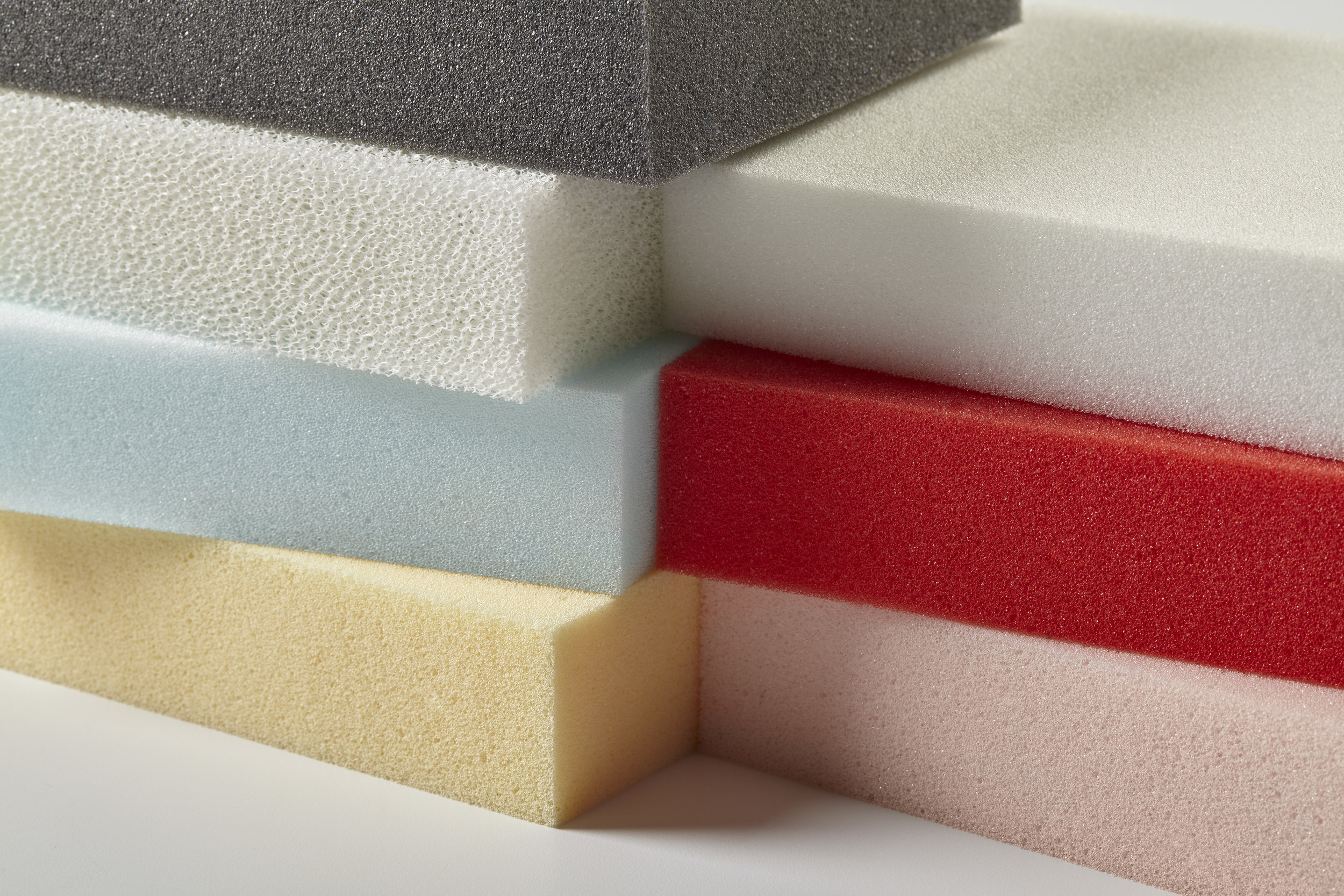
What is Foam Density?
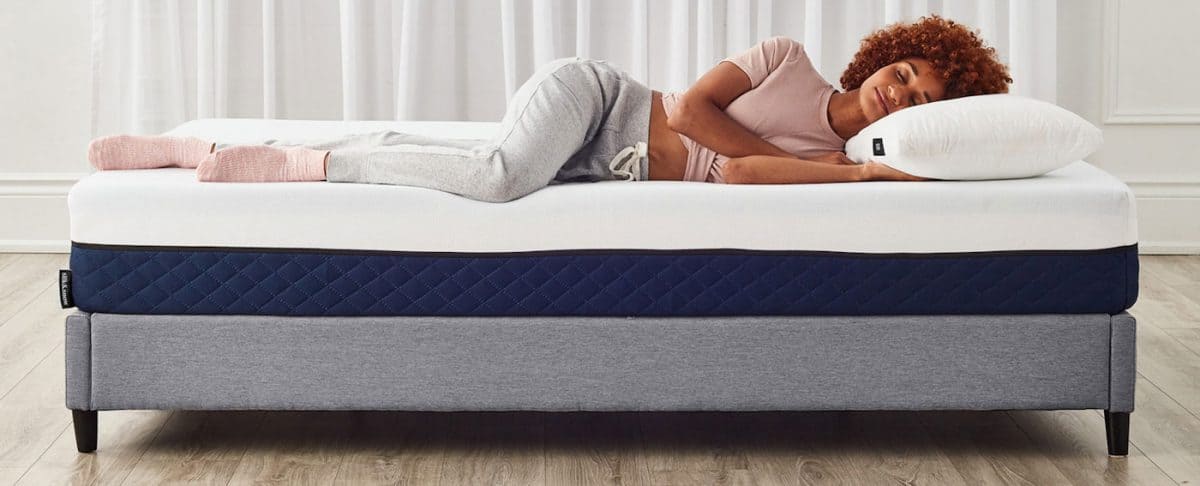 Foam density refers to the weight of a cubic foot of foam. In the mattress industry, foam density is used to measure the quality and durability of foam used in mattresses. Foam density is usually measured in pounds per cubic foot (lbs/ft3), with a higher number indicating a higher density.
Foam density refers to the weight of a cubic foot of foam. In the mattress industry, foam density is used to measure the quality and durability of foam used in mattresses. Foam density is usually measured in pounds per cubic foot (lbs/ft3), with a higher number indicating a higher density.
The Role of Foam Density in Mattress Design
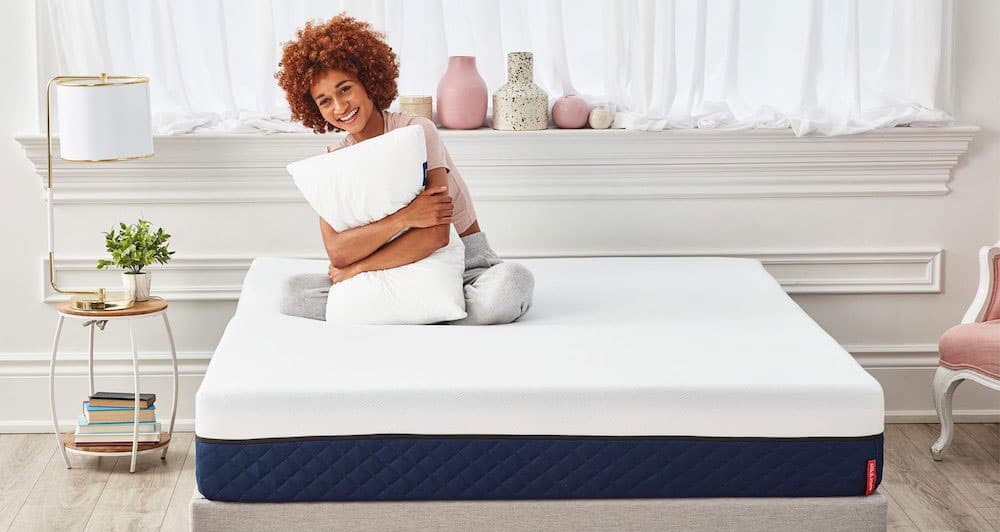 Foam density plays a crucial role in the comfort, support, and longevity of a mattress. When it comes to mattresses, a higher foam density means better quality. A mattress with a higher foam density will provide better support and conform to the body's shape, leading to a more comfortable sleep experience.
Lower foam density mattresses
, on the other hand, tend to have a shorter lifespan and may not provide adequate support for a good night's sleep. They are also more prone to sagging and losing their shape over time.
Foam density plays a crucial role in the comfort, support, and longevity of a mattress. When it comes to mattresses, a higher foam density means better quality. A mattress with a higher foam density will provide better support and conform to the body's shape, leading to a more comfortable sleep experience.
Lower foam density mattresses
, on the other hand, tend to have a shorter lifespan and may not provide adequate support for a good night's sleep. They are also more prone to sagging and losing their shape over time.
How Foam Density Affects Different Types of Mattresses
 Innerspring Mattresses:
The foam density in the comfort layer of an innerspring mattress will determine its overall comfort and support. Higher foam density will provide better pressure relief and reduce motion transfer, making it an ideal choice for couples.
Memory Foam Mattresses:
Foam density is a crucial factor in memory foam mattresses as it determines the level of contouring and support. A higher foam density will provide more support and conform to the body's shape, while a lower foam density may result in a sinking feeling and inadequate support.
Latex Mattresses:
Foam density is also essential in latex mattresses as it affects the firmness and durability of the mattress. Higher foam density latex will provide a firmer feel, while lower foam density latex will feel softer.
Innerspring Mattresses:
The foam density in the comfort layer of an innerspring mattress will determine its overall comfort and support. Higher foam density will provide better pressure relief and reduce motion transfer, making it an ideal choice for couples.
Memory Foam Mattresses:
Foam density is a crucial factor in memory foam mattresses as it determines the level of contouring and support. A higher foam density will provide more support and conform to the body's shape, while a lower foam density may result in a sinking feeling and inadequate support.
Latex Mattresses:
Foam density is also essential in latex mattresses as it affects the firmness and durability of the mattress. Higher foam density latex will provide a firmer feel, while lower foam density latex will feel softer.
How to Choose the Right Foam Density for Your Mattress
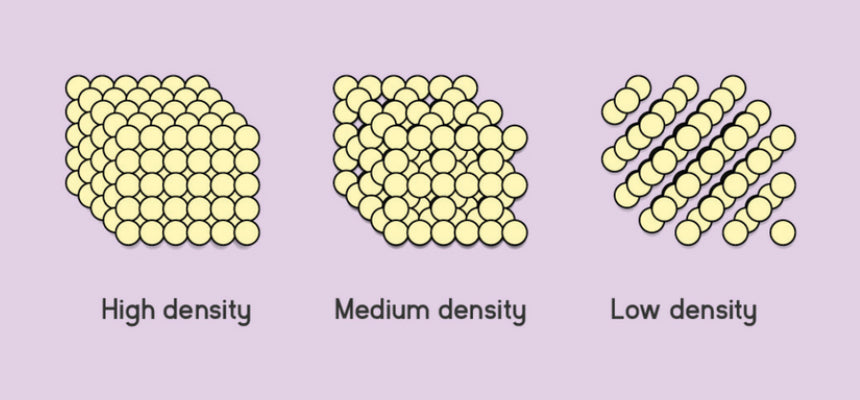 When selecting a mattress, it is essential to consider your body type, sleep position, and personal preferences. If you are a back or stomach sleeper, a higher foam density mattress may be more suitable as it provides better support for these sleeping positions. Side sleepers may prefer a lower foam density mattress for more pressure relief.
It is also essential to consider the type of foam used in the mattress, as different types of foam have different densities. For example, memory foam typically has a higher density compared to polyfoam.
In conclusion
, foam density is a crucial factor to consider when designing a mattress. It not only affects the comfort and support of the mattress but also its durability and longevity. When shopping for a mattress, be sure to pay attention to the foam density to ensure you get the best quality and most comfortable sleep experience.
When selecting a mattress, it is essential to consider your body type, sleep position, and personal preferences. If you are a back or stomach sleeper, a higher foam density mattress may be more suitable as it provides better support for these sleeping positions. Side sleepers may prefer a lower foam density mattress for more pressure relief.
It is also essential to consider the type of foam used in the mattress, as different types of foam have different densities. For example, memory foam typically has a higher density compared to polyfoam.
In conclusion
, foam density is a crucial factor to consider when designing a mattress. It not only affects the comfort and support of the mattress but also its durability and longevity. When shopping for a mattress, be sure to pay attention to the foam density to ensure you get the best quality and most comfortable sleep experience.







